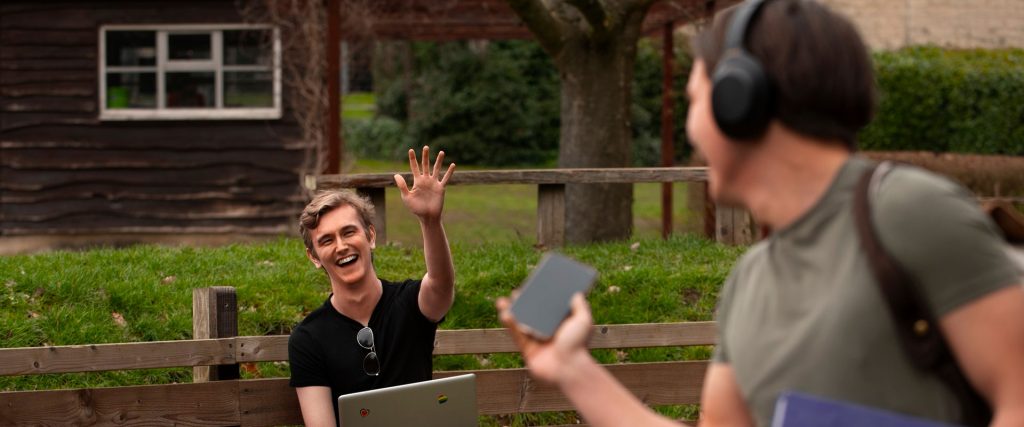

Bringing Heritage Sites to life with QR Code and Sign Language
India’s rich cultural and heritage sites are spread across the country, waiting to tell a story of their own. While many of these sites draw visitors from all over the globe, they often fall short in accessibility parameters for the deaf and hard-of-hearing visitors. Archaeological Survey of India (ASI) partnered with Yunikee to solve exactly this issue, making heritage sites more inclusive and engaging for all visitors.

Objectives
- Enhance Accessibility: Provide deaf and hard-of-hearing visitors with sign language content about heritage sites.
- Boost Engagement: Use QR code technology to deliver historical information directly to visitors on their devices in Indian and International Sign Language.
- Set a Global Standard: Position India as a leader in inclusive tourism by incorporating sign language access at iconic heritage sites.
Strategy & Execution
Content Development and QR Code Design:
ASI and Yunikee identified key sites and information that would be most engaging to their audience. Starting with Ramappa Temple and Golconda Fort Yunikee worked with historians to curate detailed content covering history, architecture, and cultural significance. Durable, weather-resistant QR codes were placed at strategic points on-site.
ISL and International Sign Language Videos:
Yunikee engaged sign language experts to produce engaging videos with sign language providing interpretation, visual cues, and multilingual subtitles. Videos we filmed at site to provide an immersive and scintillating contextual experience.
Implementing and Testing:
As a pilot the QR codes were tested with some members of the deaf community to ensure accessibility and ease of use. ASI staff were trained to assist visitors in scanning the codes and accessing the content.
Raising Awareness:
ASI and Yunikee launched a media event at Ramappa Temple to unveil the initiative, followed by a social media campaign promoting accessible tourism and encouraging visits to heritage sites.
Results
- Higher Engagement: The QR codes were scanned over 10,000 times within three months of launch with overwhelming positive response from visitors, praising the accessible and interactive content.
- Transformative Experiences: Testimonials from the deaf community highlighted how the ISL and International Sign Language content significantly improved their connection to India’s cultural heritage.
- Increased Accessibility: ASI recorded a 30% increase in visits from the deaf and hard-of-hearing community reflecting the success of the initiative in drawing new audiences.
- Industry Influence: The project inspired other cultural institutions to explore similar solutions, positioning ASI as a pioneer in accessible heritage tourism.
Conclusion
ASI’s collaboration with Yunikee to implement QR based International and Indian Sign Language content has set a new standard in accessible heritage tourism.This initiative has empowered deaf and hard-of-hearing visitors to engage meaningfully with India’s history, making these heritage sites more inclusive while inspiring other organizations to prioritize accessibility in cultural spaces.

